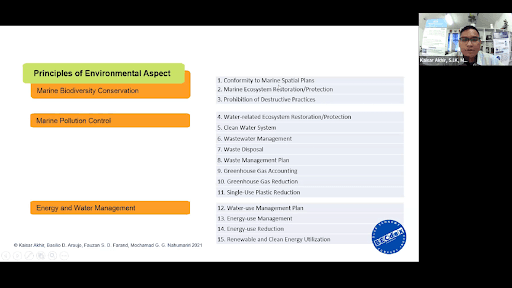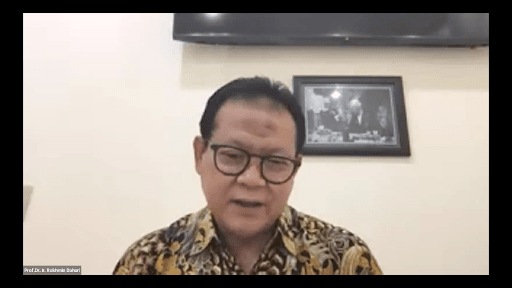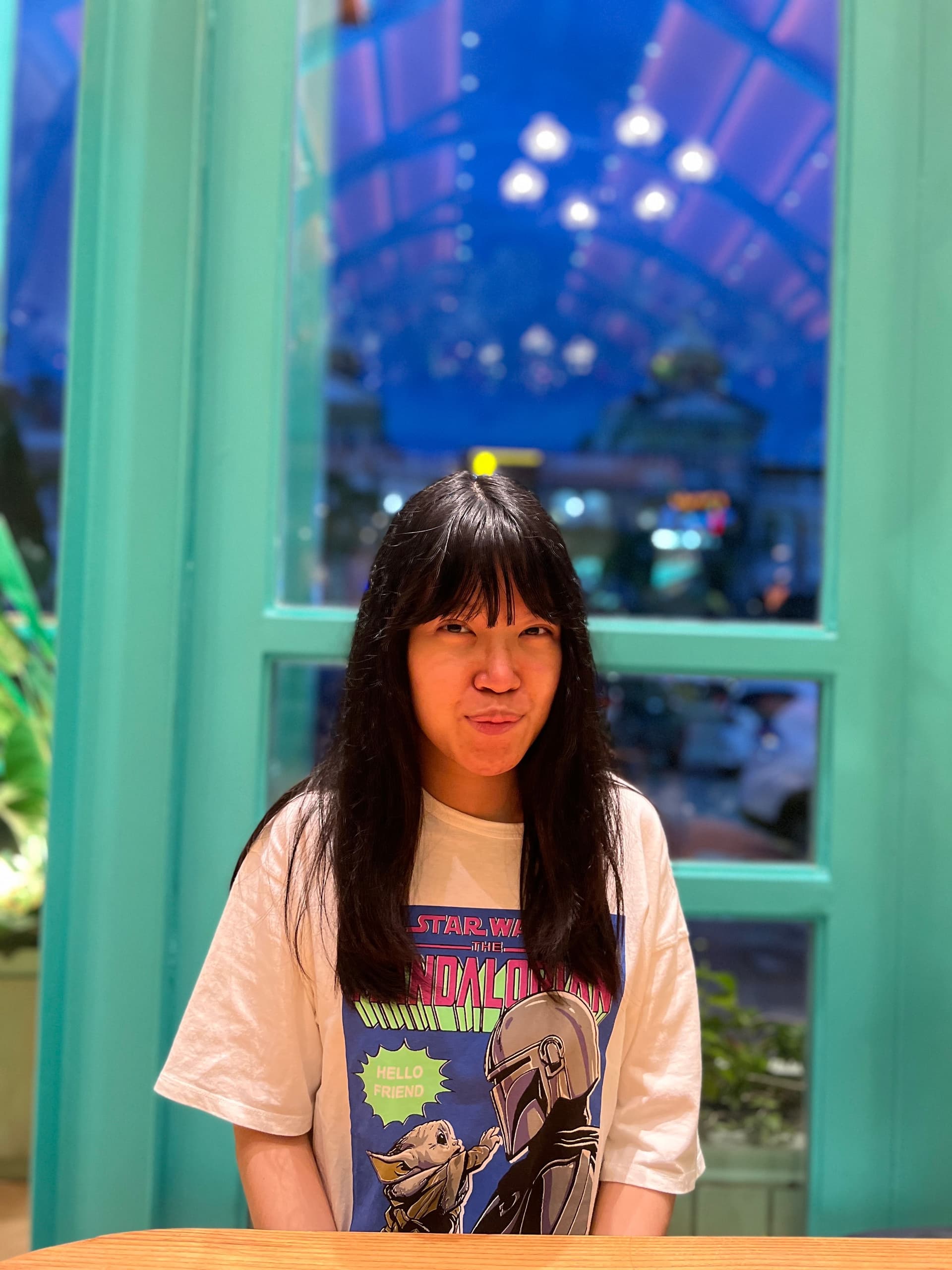
Indonesia’s shrimp cultivation industry still faces numerous environmental and economic challenges in increasing productivity. To equip farmers with the insights they need on the shrimp cultivation industry, on June 20 2023, JALA together with Forum Informasi Budidaya (FIB), Masyarakat Akuakultur Indonesia (MAI), and MartitimMuda.id held the SHRIMPS TALK online webinar.
This time around, SHRIMPS TALK discussed 2 insightful topics: Blue Economy for the Aquaculture Industry by Kaisar Akhir, S.IK., M.Sc. (Founder & Chairman of Maritim Muda), and Challenges in Indonesia’s Shrimp Industry by Prof. Dr. Ir. Rokhmin Dahuri, MS. (Head of Masyarakat Akuakultur Indonesia). 143 audiences attended this webinar.
Blue Economy for the Aquaculture Industry
In the first material, Kaisar explained that Indonesia is the largest maritime country in the world. The seas and coasts of Indonesia play various important roles, including providing food and energy, controlling the climate and weather, contributing to the global economy, and much more. Unfortunately, the seas and coasts of Indonesia face various problems caused by pollution, oil spills, and energy crises.
Based on these issues, blue economy arises as the sustainable utilization of marine and aquatic resources to reduce negative impacts on the environment and enhance food security and welfare.
 To measure the extent to which a company implements blue economy, an index called BECdex (Blue Economy Company index) can be used. This is an initiative by MaritimMuda that identifies maritime companies conducting their business with blue economy principles. Companies that have BECdex certification can brand themselves as ocean-friendly companies. BECdex is evaluated based on environmental aspects (conservation of marine biodiversity and pollution control), social aspects (safe working environment and social welfare), and economic aspects (meeting wage standards and implementing competitive economics).
To measure the extent to which a company implements blue economy, an index called BECdex (Blue Economy Company index) can be used. This is an initiative by MaritimMuda that identifies maritime companies conducting their business with blue economy principles. Companies that have BECdex certification can brand themselves as ocean-friendly companies. BECdex is evaluated based on environmental aspects (conservation of marine biodiversity and pollution control), social aspects (safe working environment and social welfare), and economic aspects (meeting wage standards and implementing competitive economics).
To be recognized as a blue economy company, a company must fulfill at least 70 percent of the BECdex indicators. Companies can register on the BECdex website to enroll and obtain certification. The implementation of blue economy is crucial to ensure the conservation of marine and aquatic environments while safeguarding the welfare of society and biodiversity.
Challenges in Indonesia’s Shrimp Industry
In the next topic, Rokhmin explains that environmentally friendly shrimp aquaculture industrialization is necessary to create high-quality, inclusive, and sustainable economic growth. Shrimp cultivation plays a strategic role in Indonesia with the increasing demand for shrimp since the 1980s until now, and the high production potential due to the country's long coastline. In fact, Indonesia’s coastline is the second-longest in the world.
 Although Indonesia is already among the top three shrimp-producing countries in the world, the utilization of land in Indonesia is still relatively low. Out of more than 2.9 million hectares of potential shrimp farming areas, only roughly 666,000 hectares have been utilized. Indonesian shrimp farmers also face various challenges during pre-production up until post-production stages.
Although Indonesia is already among the top three shrimp-producing countries in the world, the utilization of land in Indonesia is still relatively low. Out of more than 2.9 million hectares of potential shrimp farming areas, only roughly 666,000 hectares have been utilized. Indonesian shrimp farmers also face various challenges during pre-production up until post-production stages.
During the pre-production stage, farmers still struggle to obtain a consistent supply of shrimp fry, feed, chemicals, equipment, and infrastructure. One of the reasons for this is that the shrimp farming industry has not been a top priority for the Indonesian government. During the cultivation process, the majority (80%) of shrimp farms are still traditional and small-scale, resulting in low productivity and profitability. Harvest failures are rampant due to shrimp diseases and lack of Best Aquaculture Practices, such as not using high quality fry and poor biosecurity measures, leading to unsustainable farms.
Furthermore, the quality of harvested shrimp often decreases during transportation from the farms to processing companies, making them less competitive in the export market due to the strict standards.
To achieve the production target of 2 million tons by 2024, two important efforts need to be implemented. The first is revitalizing existing shrimp farms through collaboration between the government, local authorities, and shrimp farmers to enhance the competitiveness of their shrimp production. The second is extensification or opening up new shrimp farming areas (extensification).
The audiences were enthusiastic in learning about these topics. They addressed their questions about efforts to implement a blue economy in the aquaculture industry as well as increasing the value of shrimp farms across all regions in Indonesia. JALA hopes that the presentations can help shrimp farmers to implement a more productive and sustainable cultivation.
If you are involved in the shrimp cultivation industry and want to improve your farm productivity with the latest information, tips, and insights, follow JALA’s Instagram at @jalaindonesia so you don’t miss the next SHRIMPS TALK and other upcoming events. See you in the next SHRIMPS TALK!





